Some thoughts and discussions from me.
One of my favorite things about my job as a personal trainer might surprise you, as it’s sometimes the least favorite part for some of my colleagues: program writing!
I just love taking all of the information gathered during that consultation with a client, and putting into to a precise, customized, goal-oriented training program. Then when it comes to progressing that program into a second or third phase, it gets even more fun! Taking a client’s progress, feedback, and results, and designing a new workout with the goal to continue progressing that client is a huge part of how I connect with my clients – especially my online clients whom with I don’t get that face-to-face contact.
Program design is a very specialized skill, and it’s not just as easy as “creating a new workout.” All too often I see people – and trainers having their clients – do workouts without any air of program or progressive workout design in mind – and then wonder why they don’t see results. Workout design – and progression – is an art, in my opinion, and there are quite a few factors that are involved when designing a new phase or plan. Today I’d like to share a few with you.
Please note that there are far more factors that come into play when progressing an actual program. But I’m not sure I could detail all of that in a single blog post. So instead, I’d like to share how to progress an exercise when it becomes too easy. (And fyi – I initially wrote this post with only 5 was to progress an exercise, but I kept going back and adding more! I finally managed to stop myself at 7:))
7 Ways to Progress an Exercise
[Tweet “7 Ways to Progress an Exercise via @TrainerPaige #fitfluential”]
Disclaimer: please discuss with your physician before making any changes to your diet or exercise program.
1. Increasing Load
Just as it reads, increasing load means adding weight to your exercise. For example, if you’re currently doing a body weight squat, progress it by adding weight to your squat in some form.
Of course, this doesn’t just pertain to heavy metal. You can change the load by adding more weight on a machine, changing the angle at which you’re working (incline push up progressed to regular push up,) or even the tension on a resistance band.
2. Decreasing Stability
First thing’s first: I do NOT mean adding a BOSU ball to whatever exercise you’re doing. This could be as simple as transitioning from a goblet squat to a dumbbell front squat. You might choose to carry the same load (see #1) but transition the stability. By changing the how you carry the weight from closer to your center of gravity to farther away, and/or the implement itself, you’re making the exercise more difficult.
[Tweet “Make an exercise easier or harder by how you’re carrying the weight! via @TrainerPaige #fitfluential”]
Another great example is to progress to a unilateral exercise. It’s best to learn proper movement patterns and gain strength first with a solid base of stability before moving to an exercise with less stability. A great example here is learning the squat before progressing to a split squat.
3. Changing implements.
There are SO many tools out there in the realm of fitness equipment. Some of them are more difficult to move than others. For example, I almost always have my clients start out with dumbbells before moving to a barbell. Have you ever tried to do a turkish get up with a barbell?! It is DIFFICULT.
4. Increasing Volume.
Another way to progress an exercise is by increasing volume by either adding more sets or reps to an exercise. For example, if you’re currently doing back squats at 110 pounds for 8 reps of 3 sets, you could progress this by switching the sets, reps, or both.
5. Decreasing Rest.
I’ve been known to say that you shouldn’t always aim to work longer, but work harder in the same or shorter period of time! One example is hill sprints. Let’s say you’re completing 8-10 hill sprints, while resting on average 120 seconds between sets. Next week, you could progress by shortening that rest time, while keeping your intensity the same.
6. Making it more dynamic and Increasing range of motion.
Making an exercise more dynamic required activation of fast twitch muscle fibers, as well as a solid base of muscular control and coordination. For example, I’ll start my clients with a split squat before progressing on to a reverse lunge, and a reverse lunge before moving to a walking lunge. A more dramatic example of this is plyometrics. Of course, learning a squat is imperative to learning how to jump squat.
On a similar note, increasing range of motion can also progress an exercise. For example, if your squatting just above parallel, and with good form, and that’s easy for you, one way to progress it is to squat a little lower – perhaps to parallel or just below.
7. Manipulating Tempo
I was going to keep this at 6, but I would be remiss if I didn’t mention tempo. Manipulating your time under tension is a great way to progress an exercise. I’m a big fan of extending the eccentric contraction, as well as adding a “pause” at the bottom of a movement.
These are all factors that come into play when I’m progressing my clients workouts and exercises, whether on a week to week basis, or when designing an entirely new program (which many more factors go into.)
Whatever you do, make sure that the exercises you’re currently performing are being done with perfect form and pain-free. Happy training!
What’s your favorite way to progress an exercise?
[efb_likebox fanpage_url=”yourtrainerpaige” box_width=”250″ box_height=”” colorscheme=”light” locale=”en_US” responsive=”0″ show_faces=”1″ show_header=”1″ show_stream=”0″ show_border=”1″ ]



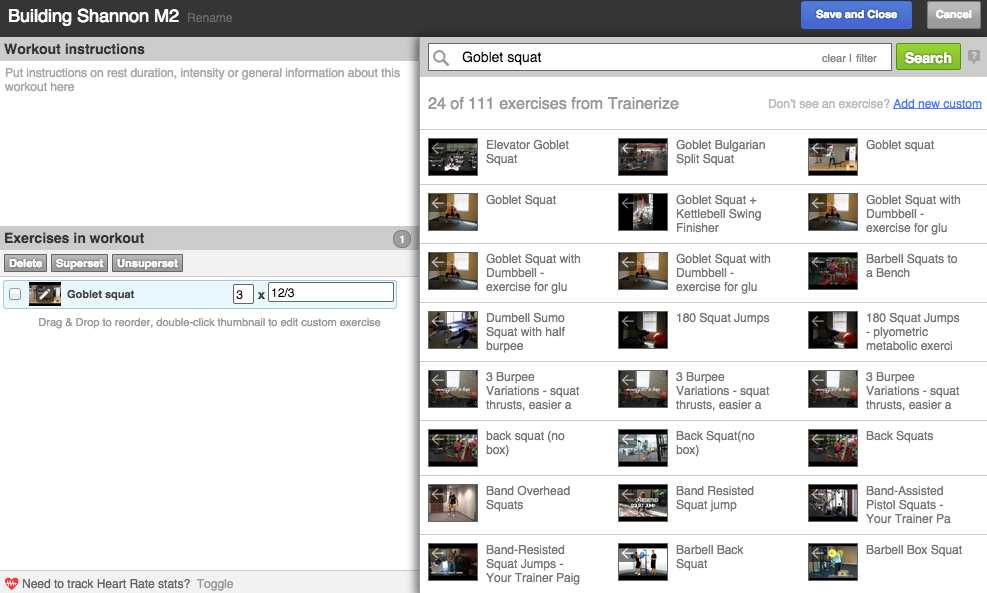
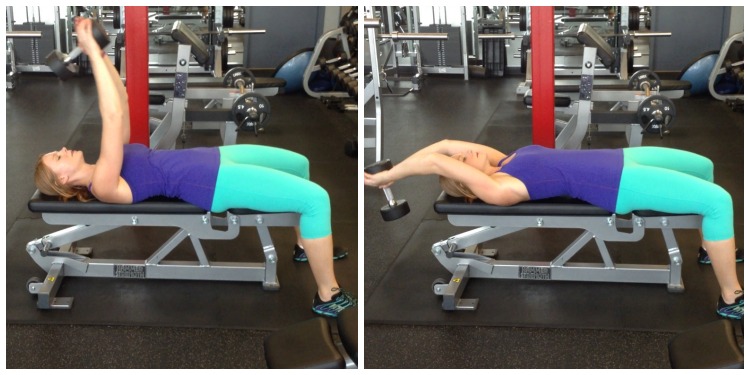
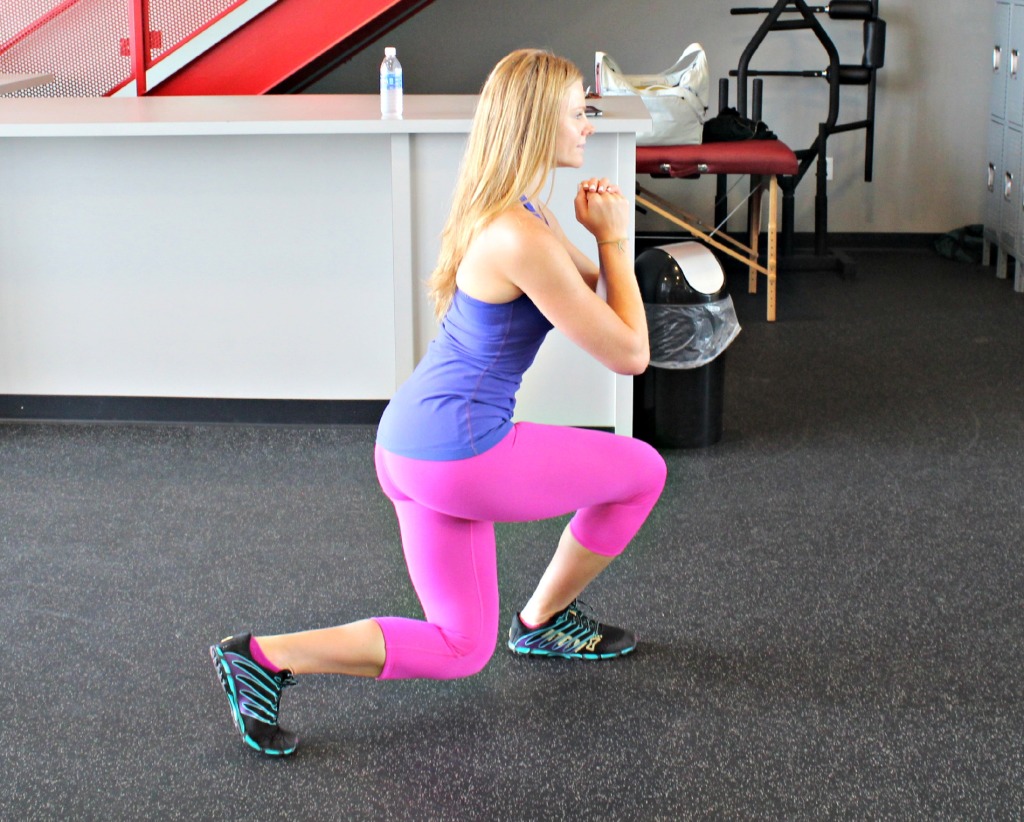
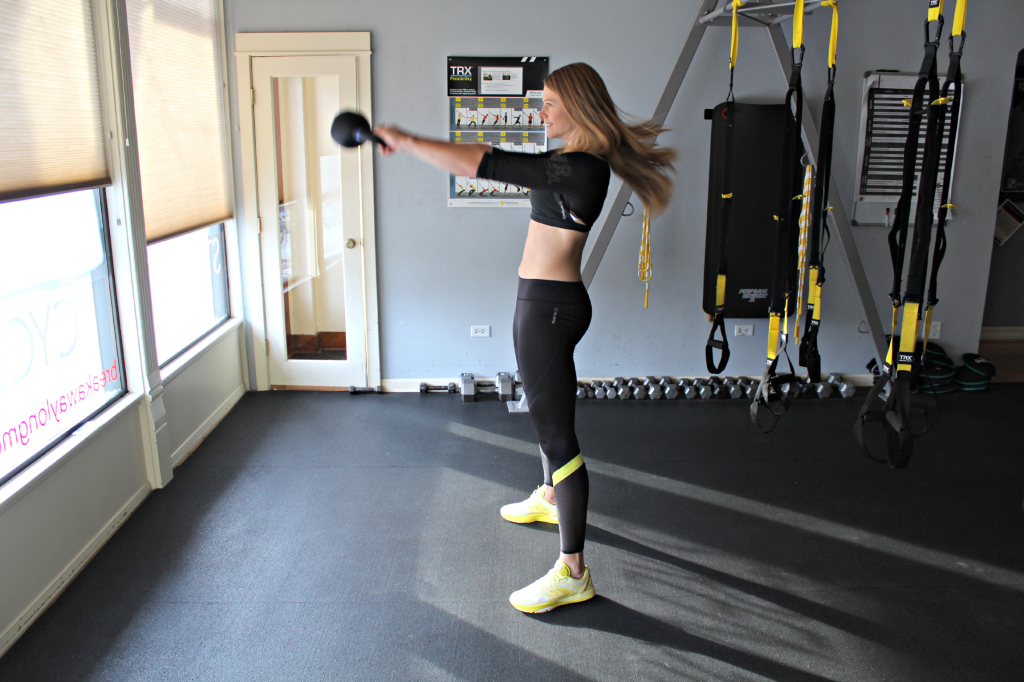
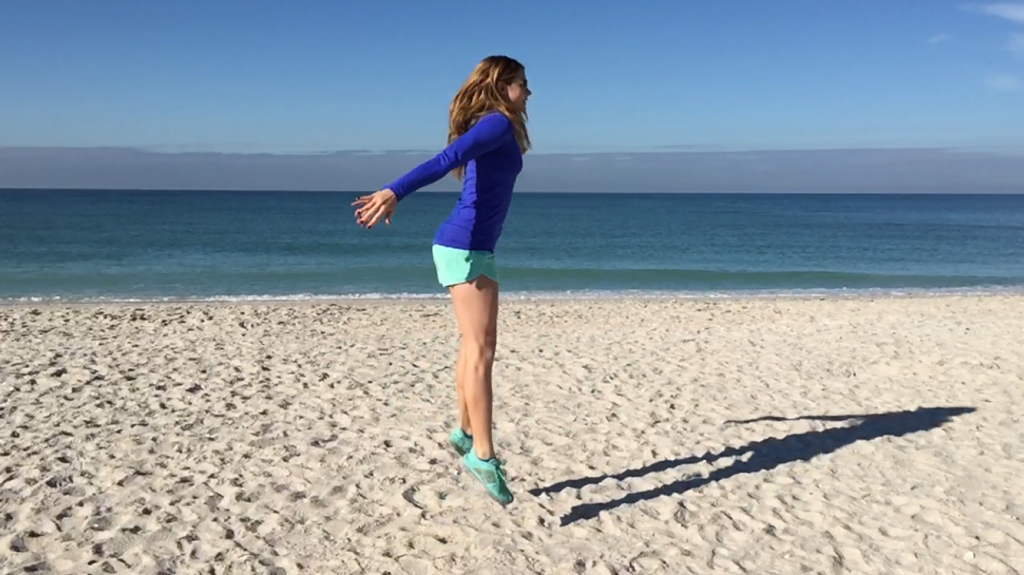
These are all great ways to progress an exercise I see a lot of people training at the gym too and you do need to have a general program designed at least. What do you use for tracking? That program looks awesome. I use Evernote and will write them up, but sometimes I wonder if there is something better out there.
Lauren @ The Bikini Experiment recently posted…Beauty Products I Love
I love these ideas – and the fact that they can be applied so many different moves.
Fiona @ Get Fit Fiona recently posted…Jillian Michael’s Hard Body DVD Review
These are all fantastic ideas! I haven’t done much tempo variety recently, but that sounds like a surefire way to keep things interesting!
Alison @ Daily Moves and Grooves recently posted…Labor of Love
I agree with all of your points! Currently doing different tempos – OMG!!
Hi Paige,
These are all great – something I know inherently, but don’t really think about. Do you have a good source (or two…) for finding good progressions of some basic moves? I’m a group fitness instructor and I like to provide levels for my participants…I just don’t always know how to progress (and more importantly, scale back!) certain moves.
Thank you for sharing. As a personal trainer myself, I still learn so much from your posts! Can I ask what program is that you’re using for your online clients?
Sam @ TeamSam Fitness recently posted…What is Peace
Hey Sam, I use Trainerize for my online training platform 🙂
Thank you! 🙂
Sam @ TeamSam Fitness recently posted…What is Peace